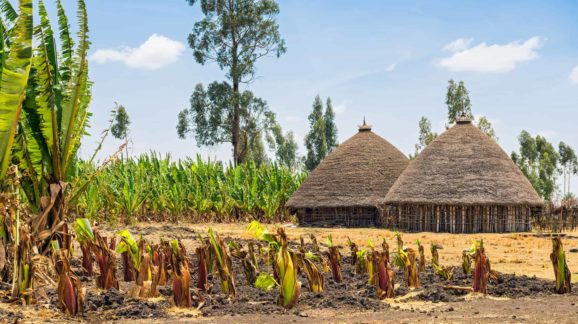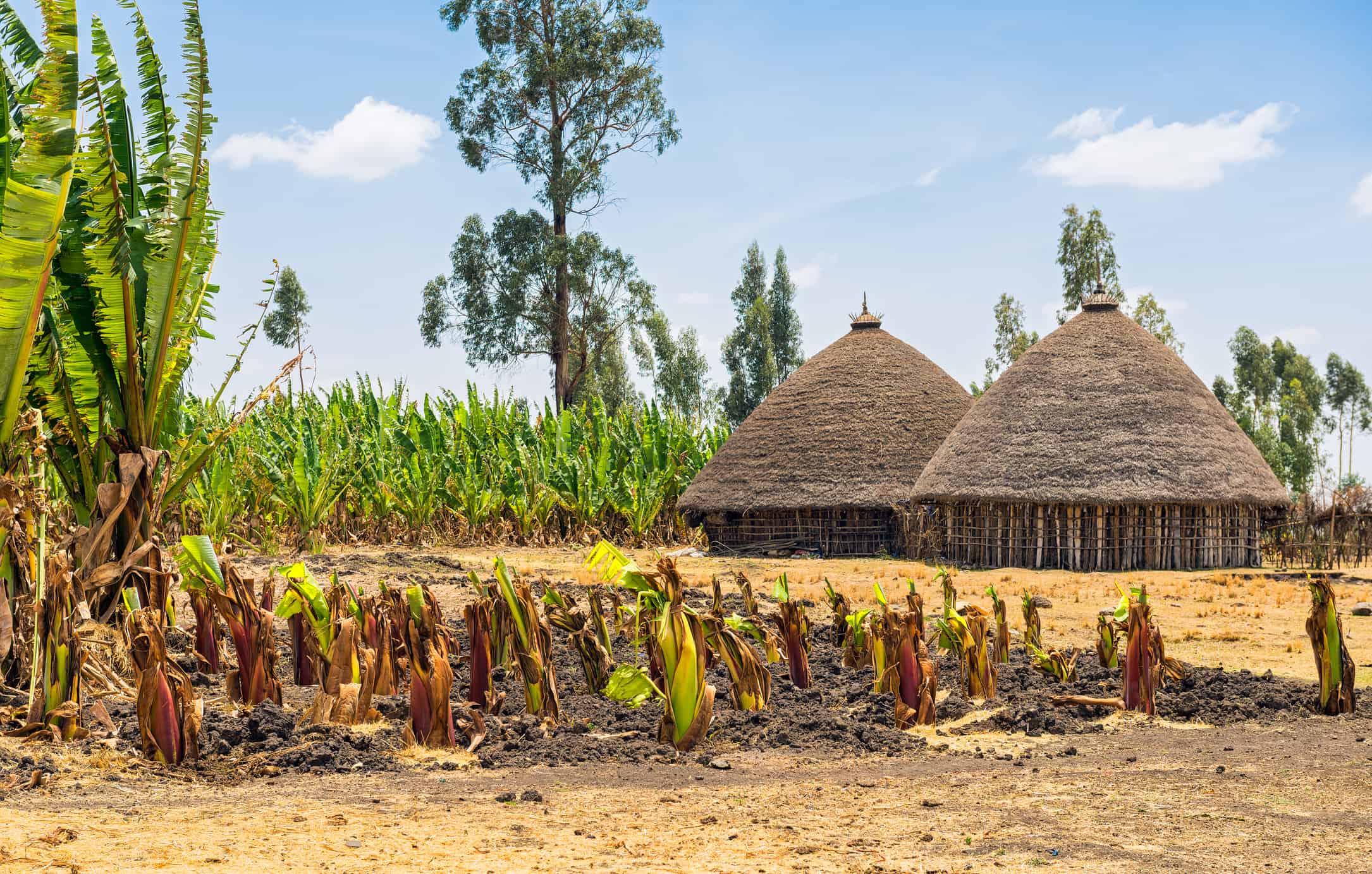Celebrate World Conservation Day with Real Solutions

 Today is World Nature Conservation Day, which brings to mind last Wednesday’s episode of The Diane Rehm Show in which guest host Frank Sesno presented a discussion of new efforts to save African lions. The guests, unfortunately, talked about everything except empowering people in Africa to practice sustainable wildlife management.
Today is World Nature Conservation Day, which brings to mind last Wednesday’s episode of The Diane Rehm Show in which guest host Frank Sesno presented a discussion of new efforts to save African lions. The guests, unfortunately, talked about everything except empowering people in Africa to practice sustainable wildlife management.
Underappreciated policies like CAMPFIRE – the Communal Areas Management Program for Indigenous Resources – provide economic opportunity for communities in places like Zimbabwe through carefully managed harvesting of wild animals. Programs like this can create enormous benefits for poor communities through the high value products that are derived from legal hunting. Such programs also insist that all parts of the harvested animals are utilized, including trophies, skins, horns, prime meat for top markets, and lesser cuts for bush meat markets. When poachers harvest wildlife illegally, of course, they quickly grab what they can from the animals and leave the rest to rot.
Many conservation activists demand bans on all hunting and trophies, and insist that a reliance on either ecotourism or national pride will be sufficient to protect African wildlife from further endangerment. In other words, everything but conservation through commerce. In addition, many international development experts are now worried about the about the looming transformation of sub-Saharan Africa because of rapid population growth, and the pressure those changes will have on wildlife populations. Our friends in the development community, however, are rather late to the party. Advocates for trade and property rights have been saying since at least the 1980s that it was imperative to get proper economic incentives in place ahead of massive population growth if animals like lions and elephants were to be saved.
Daniel Ashe of the U.S. Fish and Wildlife Service bragged to the NPR audience that his agency has not allowed a single lion trophy to enter U.S. since they listed it under Endangered Species Act. He knows, however, that most of those seized animals were shot on private preserves which are overrun with lions because they breed so rapidly when they are not subjected to illegal poaching, retaliatory killing by farmers, and habitat loss. He also seems to believe that anything hunted in a fenced preserve is an unethical “canned hunt.” But if there is a population glut, that’s a problem. There is nowhere else to place all the animals. Farms can't operate in areas with an overabundance of lions, because they come into contact too often with local people. And if the preserves close, the habitat disappears.
Ashe also claimed that Fish and Wildlife had been successful in teaching farmers and ranchers in Montana and Idaho to get along with and protect their livestock from the newly resurgent population of grizzly bears in the area. In fact, the grizzlies are attacking, killing, and even eating people in the Mountain West. The Washington Post reported last month on yet another attack on a cyclist in Montana, the seventh fatal attack since 2010. Having so many bears in the same place with so many people breeds familiarity and lack of fear into the bears, and increases the likelihood of even more deadly contact.
The people – and animals – of Africa deserve better. Conservation advocates and government officials need to consider all possible conservation tools, including local ownership of animal populations and sustainable harvesting and trade, to make sure that those species survive for future generations. We need solutions that benefit both the wild animals and the people who live in places like Tanzania, Zambia, and Botswana.